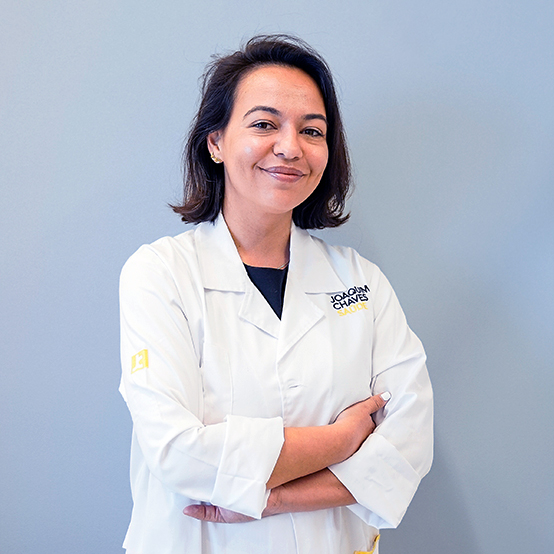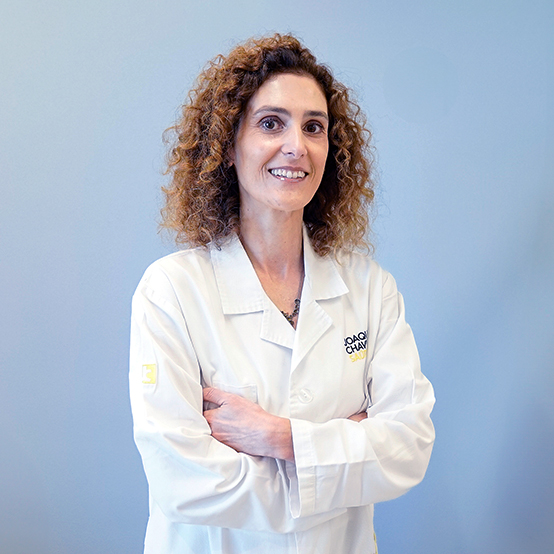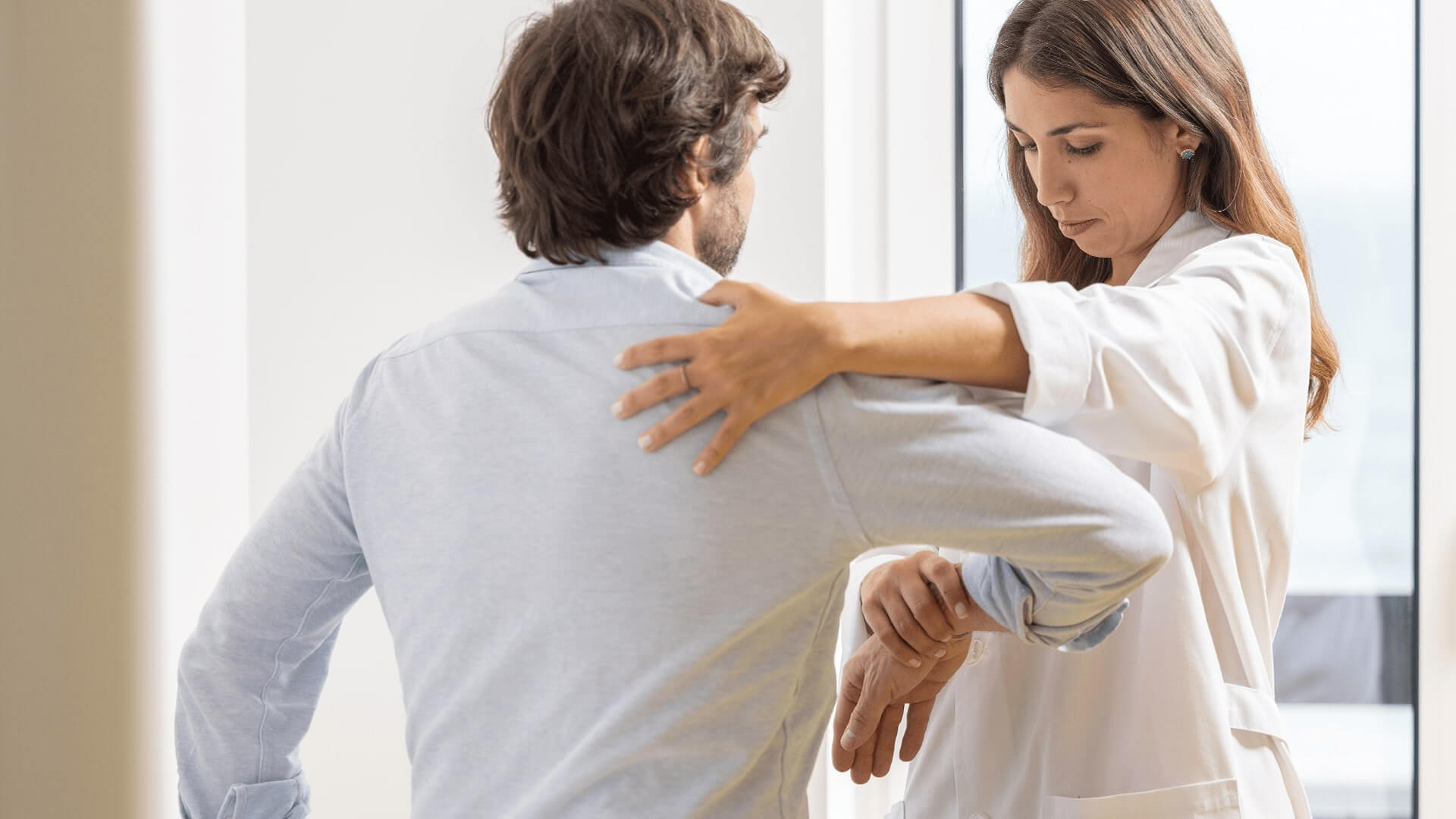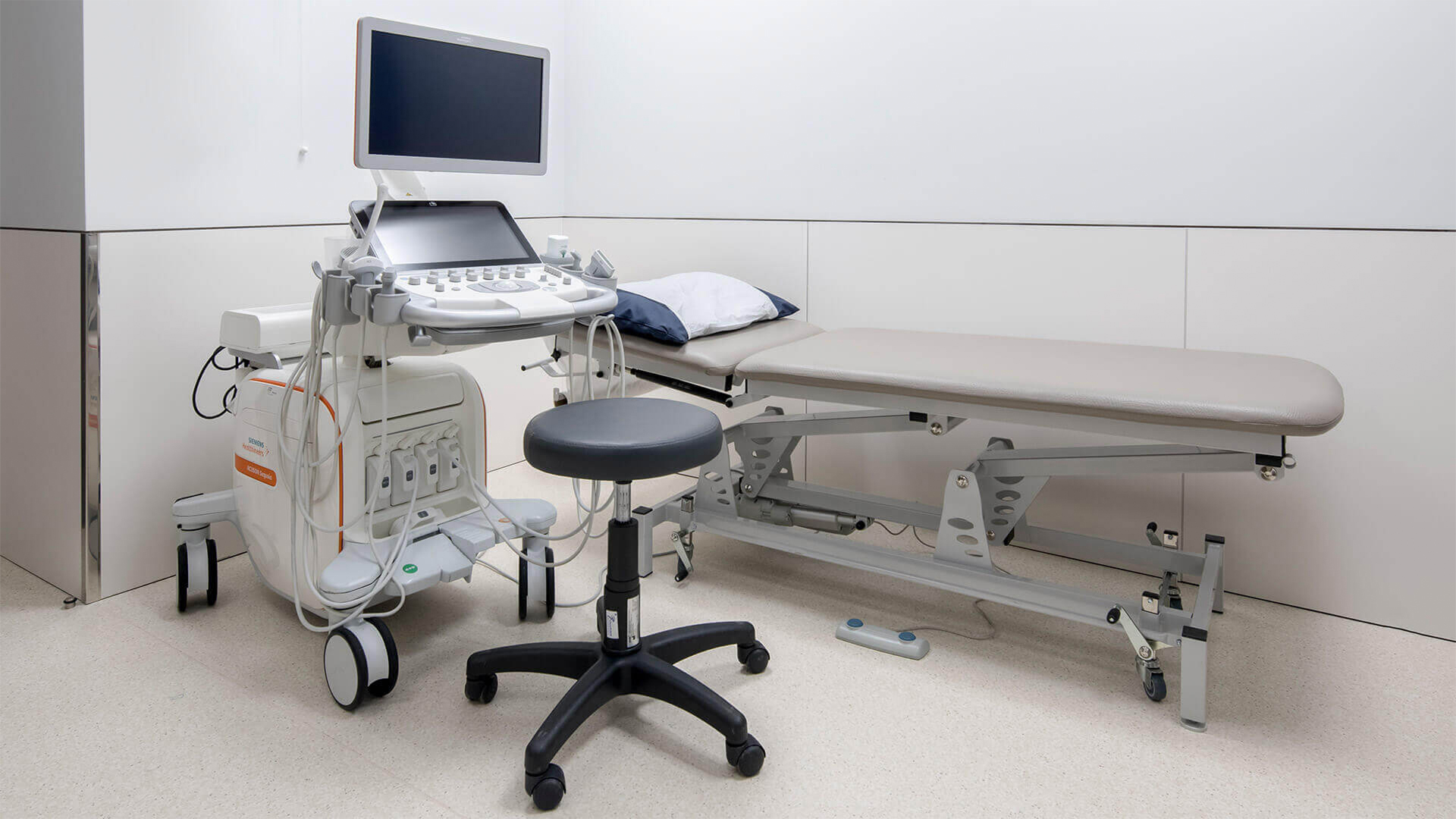For some, it is occasional, for others, it is persistent, taking away hours of sleep and quality of life. Discover what causes neck pain and how to treat it.
It is estimated that neck pain affects about 150,000 Portuguese people, being one of the main causes of a decreased quality of life. The pain can be debilitating and, when left untreated, it can become chronic and lead to permanent deformities. Find out what can cause neck pain, how to treat it, and what you can do to prevent it.
What is the cervical spine?
The cervical spine is part of the vertebral column and is located in the neck. It is composed of seven cervical vertebrae, numbered C1 to C7, which extend from the base of the skull to the thorax. These vertebrae provide structural support to the head, allow movements such as rotation and tilting of the neck, protect the cervical spine and nervous structures, and allow the passage of nerves and blood vessels.
In addition to the vertebrae, the cervical spine also includes the discs between the vertebrae, which are cartilaginous structures that act as "shock absorbers" and allow flexibility and shock absorption during neck movements. Furthermore, there are ligaments and muscles that help stabilize and control the movements of the cervical spine.
Due to its mobility, the cervical region is more susceptible to injuries such as hernias, joint degeneration, or compression, which can cause various symptoms, with neck pain being one of the most common.
Neck pain: symptoms
Neck pain, also known as cervicalgia, may be accompanied by various symptoms, such as pain radiating to the arm, forearm, and hand. In severe cases, there may be alterations in sensation (tingling), fine motor skills (e.g., buttoning a shirt), or mobility (such as changes in gait and decreased strength).
Injuries and trauma
Road accidents, falls, sports injuries, or direct traumatic injuries can cause damage to the tissues of the cervical spine, such as bones, muscles, ligaments, tendons, or intervertebral discs. These circumstances can lead to acute pain and inflammation.
Herniated disc
A herniated disc occurs when the intervertebral disc, which acts as a cushion between the vertebrae, displaces or ruptures, potentially pressing on nearby nerves. This causes localized pain in the neck and, in some cases, can cause radiating pain to the shoulders, arms, and hands.
Disc degeneration
With aging, the intervertebral discs can gradually degenerate, losing elasticity. This deterioration can lead to problems such as arthritis, cervical spinal stenosis (narrowing of the spinal canal), and other conditions that can cause pain and nerve compression.
Poor posture
Spending long periods in a seated position with poor posture, such as a curved neck, can exert additional pressure on the cervical spine, causing pain and muscle tension.
How is the diagnosis of neck pain made?
The diagnosis of neck pain generally involves a comprehensive approach, combining information obtained through medical history, physical examination, and, if necessary, additional tests.
Medical history
The doctor will conduct a detailed interview to gather information about the nature of the pain, duration, intensity, exact location, triggering factors, associated symptoms, and previous medical history. This information helps identify possible underlying causes and guide further evaluation.
Physical examination
During the consultation, posture, neck range of motion, presence of sensitivity, specific tender points, muscle strength, and reflexes are evaluated. This assessment can help identify areas of pain, determine neurological function, and rule out other diagnostic possibilities.
Imaging tests
The doctor may request imaging tests such as X-rays, magnetic resonance imaging (MRI), or computed tomography (CT) scans. These exams can provide detailed information about the structure of the cervical spine, including vertebrae, intervertebral discs, joints, and nerves, helping to identify injuries, herniated discs, nerve compression, or other structural abnormalities. In some cases, electromyography may also be useful to assess nerve and muscle function, especially when nerve compression is suspected.
What does the treatment for neck pain consist of?
The goal of neck pain treatment is first and foremost to relieve pain but also to prevent disease progression. The treatments will depend on the cause, with the most common ones including:
Medication therapy
The first line of treatment involves taking analgesics or anti-inflammatory drugs. In cases of radicular pain due to root compression, corticosteroids may be necessary. These medications help reduce inflammation and alleviate localized pain in the cervical spine.
This treatment can also be performed through infiltrations, which are injections of medication directly into the affected area of the cervical spine. They are usually administered under imaging guidance to ensure injection accuracy.
Physical Medicine and Physiotherapy
In some cases, it is beneficial to include a physical medicine evaluation to improve the clinical picture and posture. Specific exercises, stretches, and muscle strengthening techniques may be prescribed by a physical medicine specialist to improve flexibility, stabilization, and pain relief in the cervical spine, along with the guidance of a physiotherapist.
Surgery
When conservative treatments are not effective, the doctor may recommend surgical intervention tailored to each case.
How to prevent neck pain?
There are several measures that can be taken to help prevent neck pain. Here are the main recommendations:
- Maintain proper posture. Keep your spine straight, shoulders relaxed, and avoid hunching over for long periods. Use a chair with good support and adjust the height of the computer monitor to eye level.
- Take regular breaks during work to stand up, walk, and stretch. This helps relieve tension in the cervical spine and improve blood circulation.
- Avoid sudden movements and improper lifting of heavy objects. When necessary, keep your spine straight and use the leg muscles to bend down and lift, rather than the cervical spine.
- Maintain a balanced weight, adopt a healthy diet, and regularly engage in physical exercise. Muscle-strengthening exercises and gentle stretches can help support the cervical spine, maintain flexibility, and reduce tension.
Treatment of neck pain at Joaquim Chaves Health
At Joaquim Chaves Health clinics, you will find a specialized team to diagnose and treat neck pain. The Orthopedics consultation, in conjunction with other medical specialties, is equipped with the most advanced diagnostic and treatment methods worldwide, so that you can benefit from first-class medical care. Schedule your appointment now and experience a faster, less painful recovery, allowing you to return to an active life quickly.







